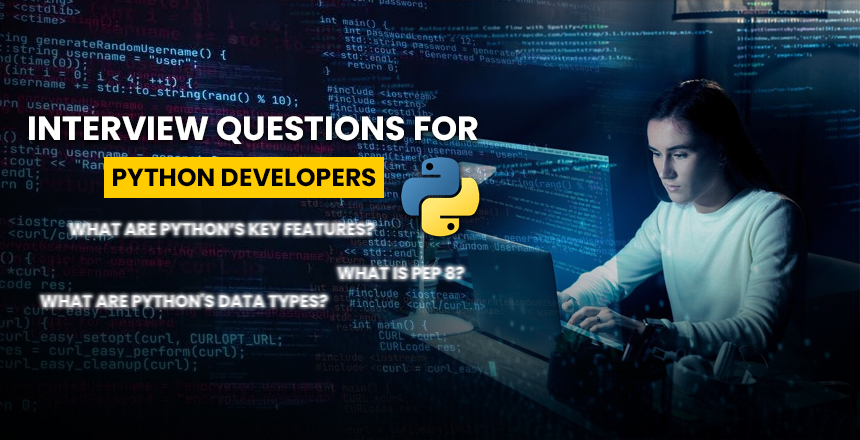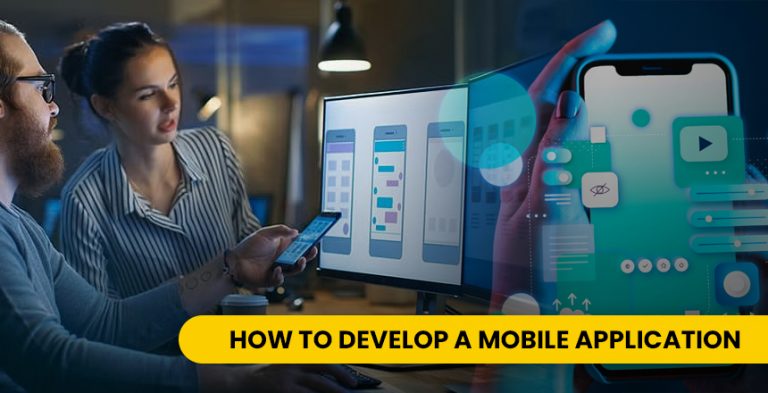Python Interview Questions: The Best 10 Questions for Python Developers and How to Answer Them
It is one of the most frequently used languages nowadays owing to its advantage in both
general purpose and specific features, besides great support from the developers all around the
world. Since more and more corporations switched to Python for addressing their development
requirements, the need for skilled Python developers has increased significantly. A Python
developer job is somewhat challenging to get, and you need to be unique in terms of knowledge
and skills while presenting yourself to the potential employer. This is the second blog post where
I list 10 most frequent Python interview questions companies use during the interviews and how
to answer them.
1. Here, the main understanding of the concept of programming languages will be presented, and the main highlights of the Python programming language will be identified.
This is going to be one of the first questions to check how much you remember of Python in
total. It’s designed to be simple, readable, flexible, scalable, and has a huge community around
it. You can expand the key features for extra points!
2. What field of programming does Python apply to?
Emphasize that Python spoken by computer is a universal language applied for web
development, data analysis, machine learning, scientific computing, the creation of programs
with a user interface on the desktop, game creation, and much more. List a few scenarios where
Python performs better than the rest because of the power of numerous libraries and their
well-developed.
3. What is PEP 8, and why do we need to use this?
PEP 8 defines what the style of Python code is. So it’s just a general thing: good Python code is
readable and modular. Demonstrate that you minimize writing messy code by being apprised of
and conforming to the PEP 8 style guide.
4. How does the memory allocation process in Python?
Interpret how the memory management, including garbage collection, used in Python on its
CPython platform can be described through each operating system. It is possible to talk about
such features as private heaps, reference counting, and generation of collected memory to
prove the statement.
5. What are decorators in Python and place them into practice?
There are two kinds of decorators: they are to be used in cases when you want to change the behavior of the function temporarily or when you need to add additional features to a function without changing the original source code of the function. This is something one should know as a beginner in Python programming. In your response, define decorators, their syntax, and examples of their applicability to basic tasks such as precondition, logging, timing, rate limiting, etc.
6. What do you understand by a deep copy and a shallow copy in Python?
To prove that you understand what objects and references mean in Python, you need to be able
to explain the difference. Shallow copy will accordingly enumerate that a new object will
generate a reference to a new set of elements, and deep copy will enumerate that a new object
will generate a cloned set of elements. Give examples of when to use shallow and deep copy
and explain when.
7. What can be done to accomplish multithreading in the Python language?
This checks your understanding of concurrency with the Python programming language, among
other components. What is the Python Global Interpreter Lock, and how does the CPython
implementation make it impossible to have real parallelism with threads? You can also talk
about some techniques, which are multiprocessing and async/await, as the methods of parallel
computing in Python.
8. What exactly is meant by the terms Python namespaces and scopes?
This is being set to check your knowledge on Python variable scoping rules. Explain
namespaces, describe different types of Python ranges (global, local, enclosing, built-in), how to
use range resolution, and common mistakes that should be taken into consideration, such as
the modification of the global range from within the function. Give real-life examples to backup
your observations.
9. Advantages of having a Python virtual environment.
That gives you a sneak peak of how much Python dependencies and environment management
are covered in your mind. Enumerate why virtulenvs help to isolate dependencies for different
Python projects so that there can be no conflict. Joint service of other benefits such as being
ready for replicable and disposable dev environments, having coverage for installing specific
package versions when needed, a maintenance policy to keep the global Python install clean,
and so on.
10. Which libraries in Python do you know?
Nearby, mention the standard Python libraries or additional modules and frameworks for which
you have collaborated. Concentrate especially on those that are most appropriate to the position
for which you are applying. This gives the interviewers a clue about your experience with Python
as you demonstrate how it is done. Most of these are served by Python: list all of the noteworthy
frameworks, visualizations, data science libraries, web frameworks (Django, Flask, and others),
and so on.
Both in terms of Python technical knowledge and in terms of being able to present oneself as a
skilled Python developer, it can be valuable indeed to get a job as a Python developer. These popular interview questions can help you evaluate and build up your level of expertise. This way
you also enhance the fluency of your coming responses and increase your confidence for the
eventual day. The popularity of Python is constant, so there will always be a multitude of
well-paid opportunities for specialists in Python.








